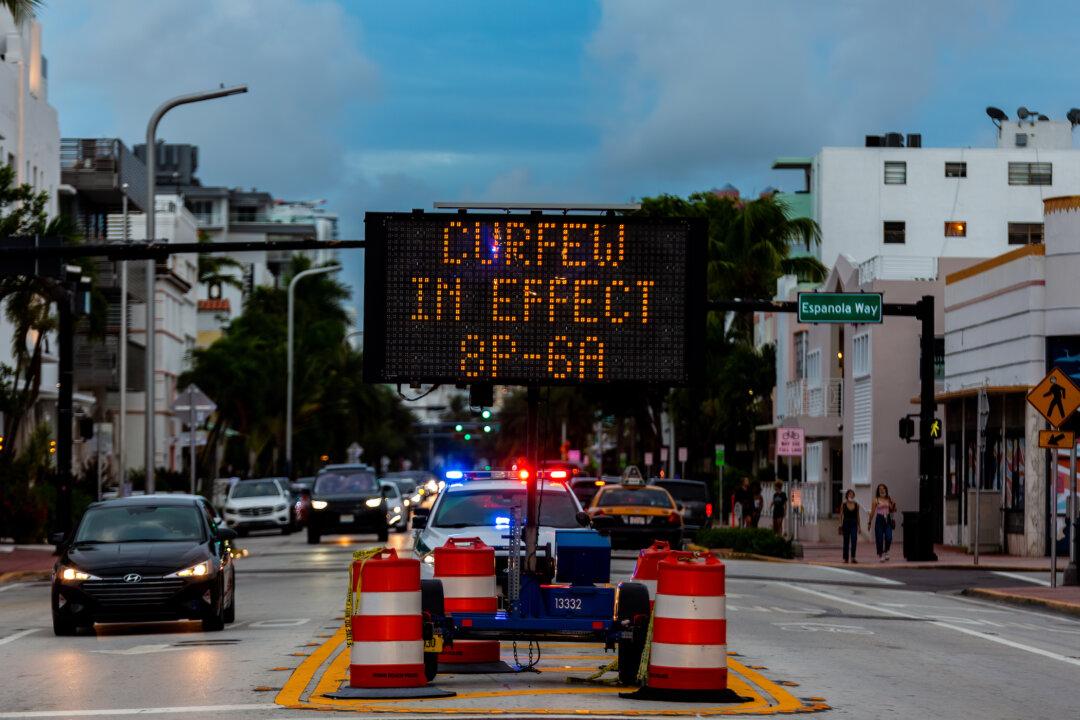Most of us probably know—more or less—how to resuscitate one of our fellow human beings. Even if you haven’t taken a course in cardiopulmonary resuscitation (CPR), you’ve probably seen the technique many times on television or in the movies.
The early history of resuscitation was in many ways also the stuff of drama. On June 1, 1782, for example, a Philadelphia newspaper carried news of the latest resuscitative miracle: A 5-year-old child had been restored to life after drowning in the Delaware River.


